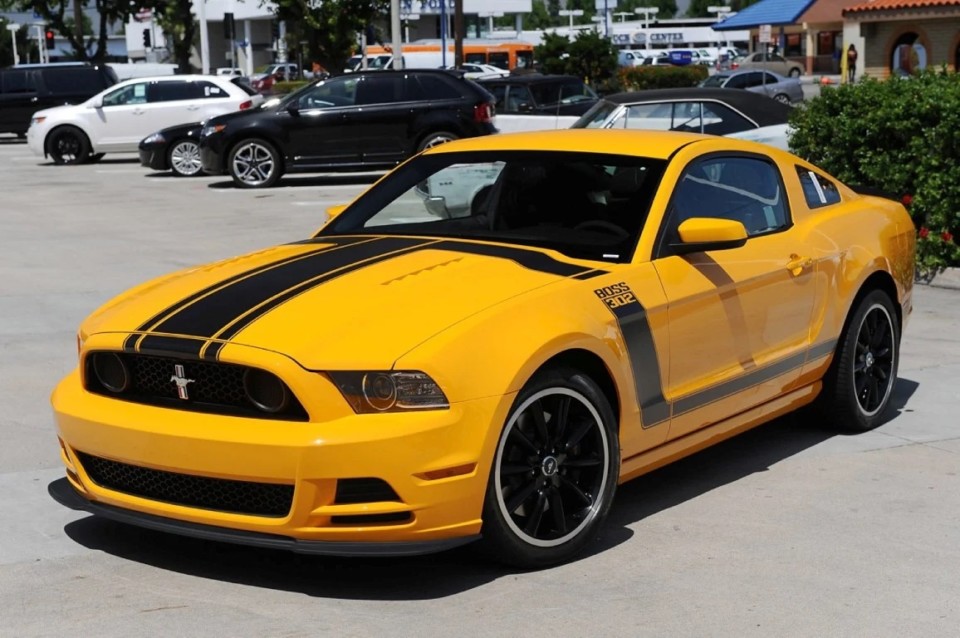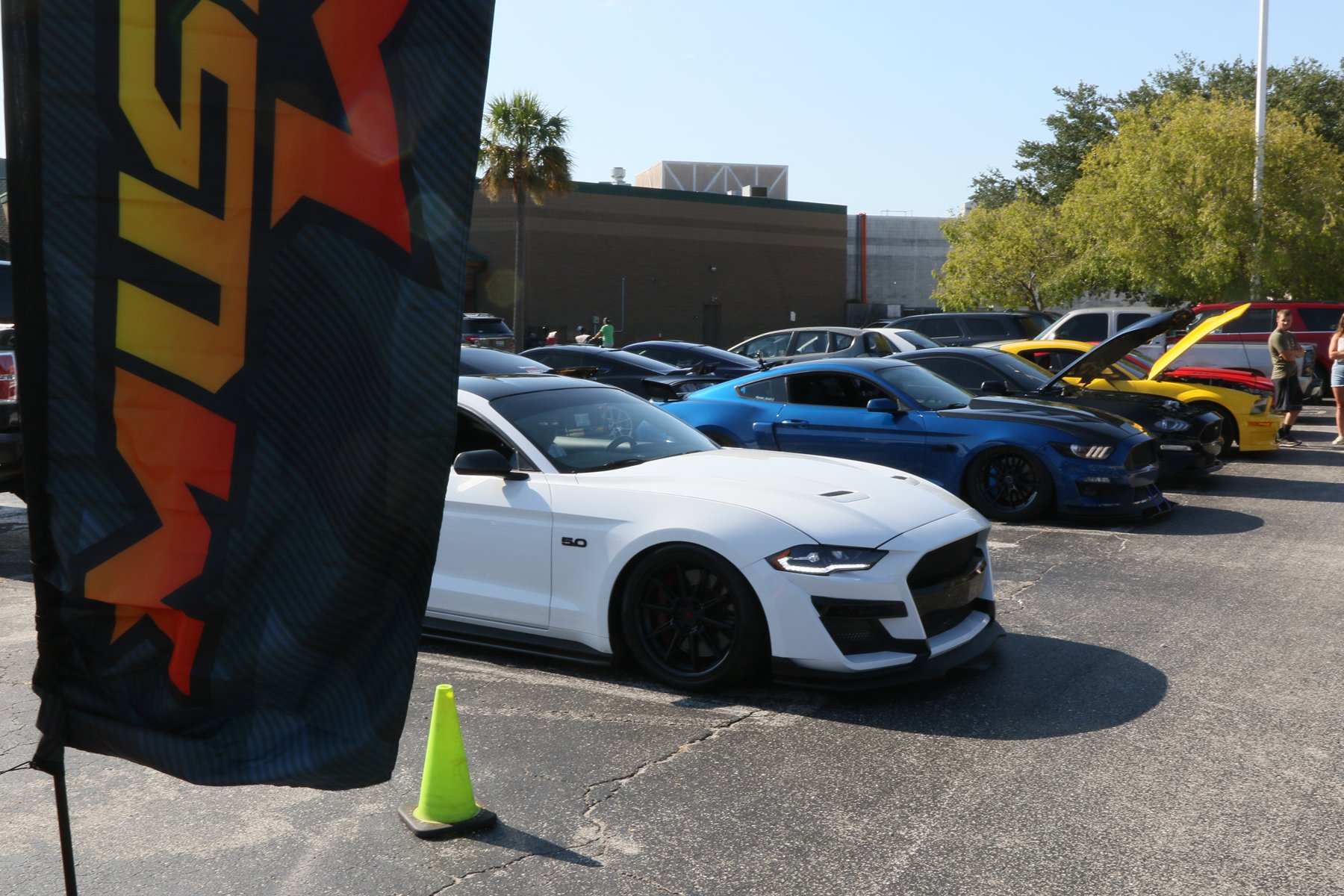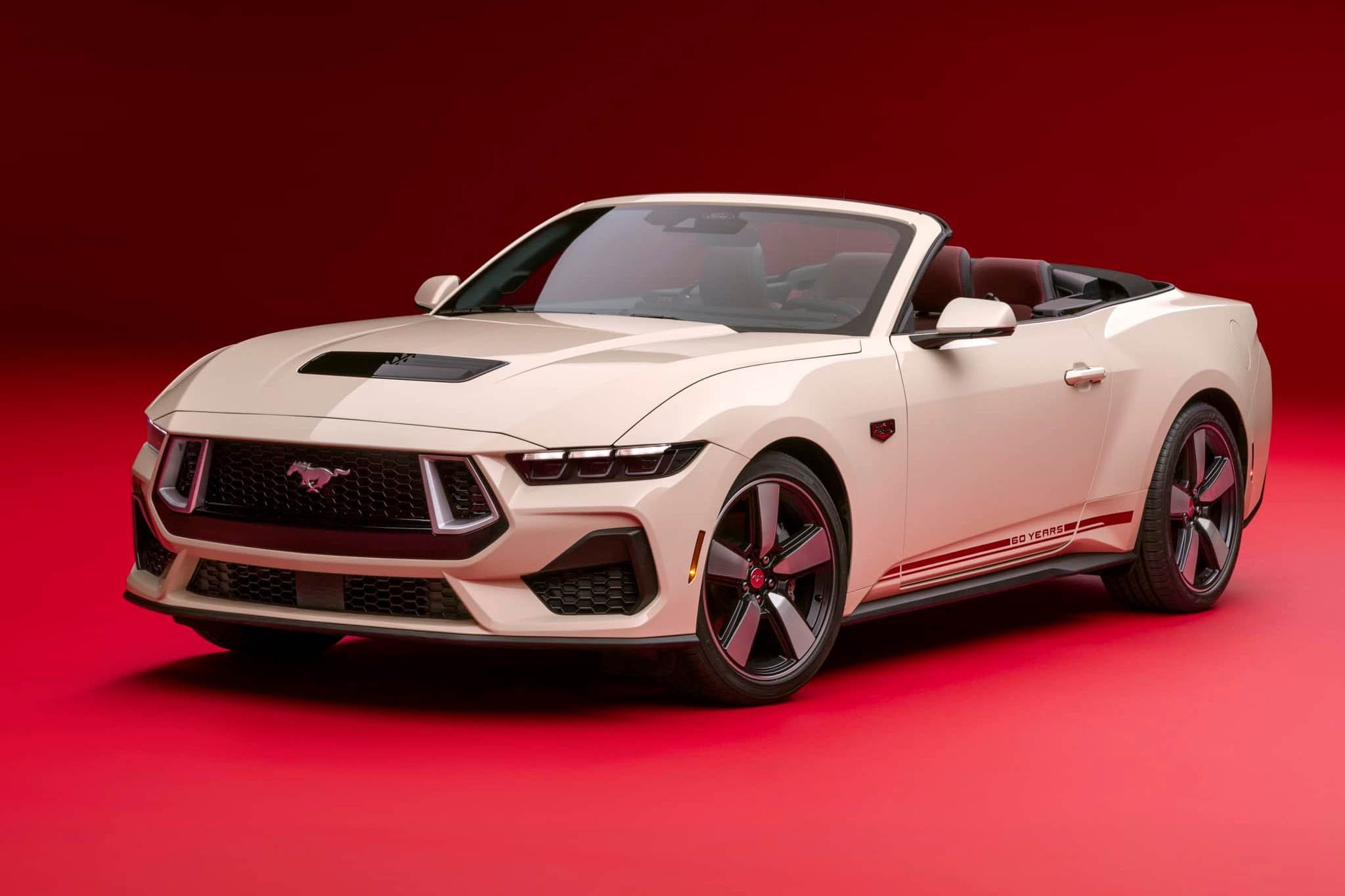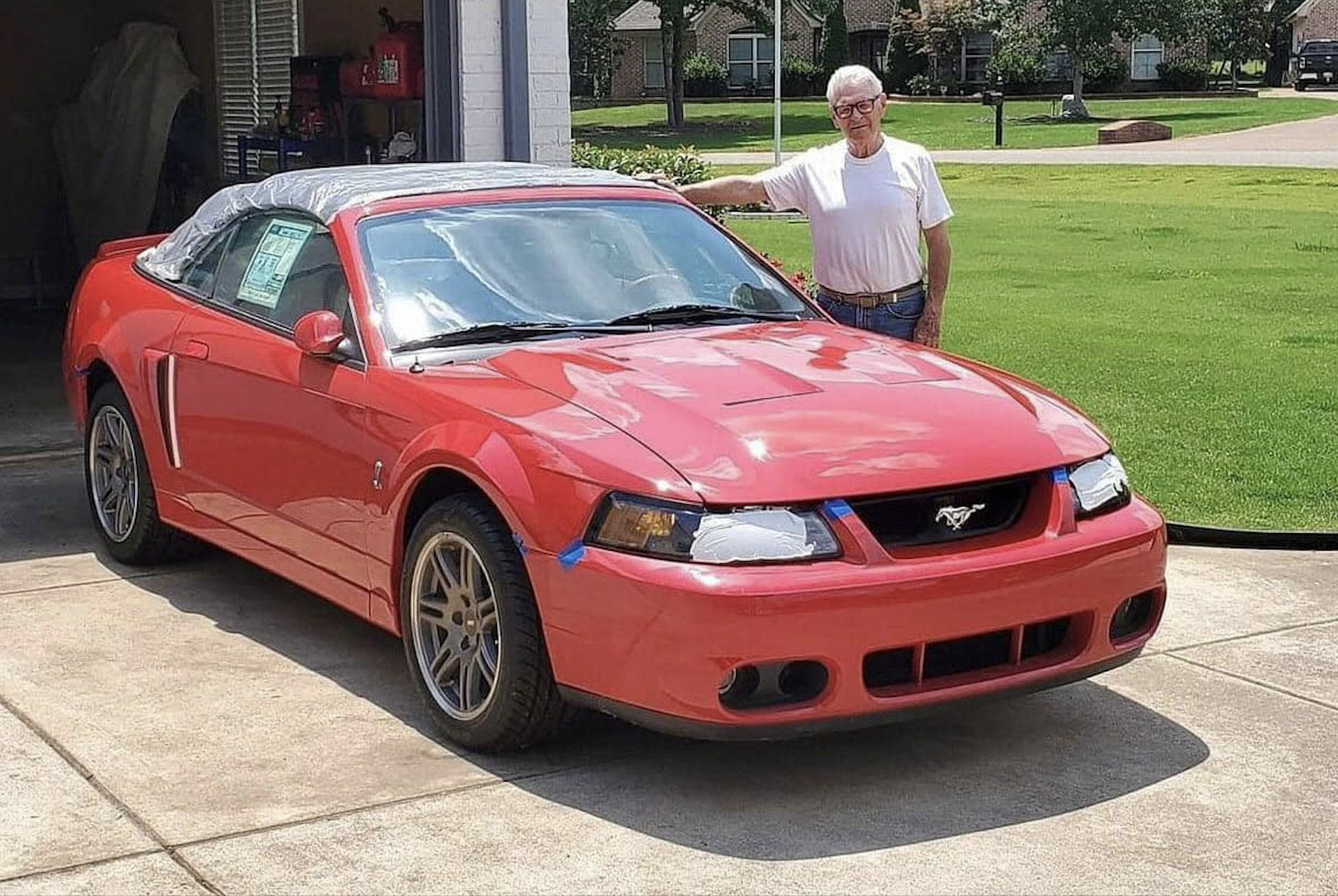Mustang owners have always maintained at most, six degrees of separation between each other, lending each other a hand as needed. However, the corporate side has remained a mystery for the most part. Sure, we know the designers and drivers, but little do we know about the cogs that keep the Mustang lineage alive. Aside from driving to Detroit, Michigan, and scouting the local parking lots, it can be difficult to get to know these working individuals and the part they play in the continued production of the world’s best-selling sports car.
While attending Carlisle Ford Nationals and Mustang Week, a familiar face continued to appear under the Blue Oval tent. Suited up in khaki shorts and a Shelby polo, this Ford employee’s approachable personality made him an easy target for tire kickers to bounce questions off of. However, digging deeper revealed this man was more than just a customer service representative hired to man the booth – he’s a passionate Mustang owner himself, who provided a vital hand in marketing some of the most iconic Mustangs of the 21st century.
His name is Jim Owens and he’s the Shelby and Mustang Brand Manager for Ford Motor Company. He graciously allowed me to ask him a few questions regarding his career and the future of the Shelby and Mustang platform.
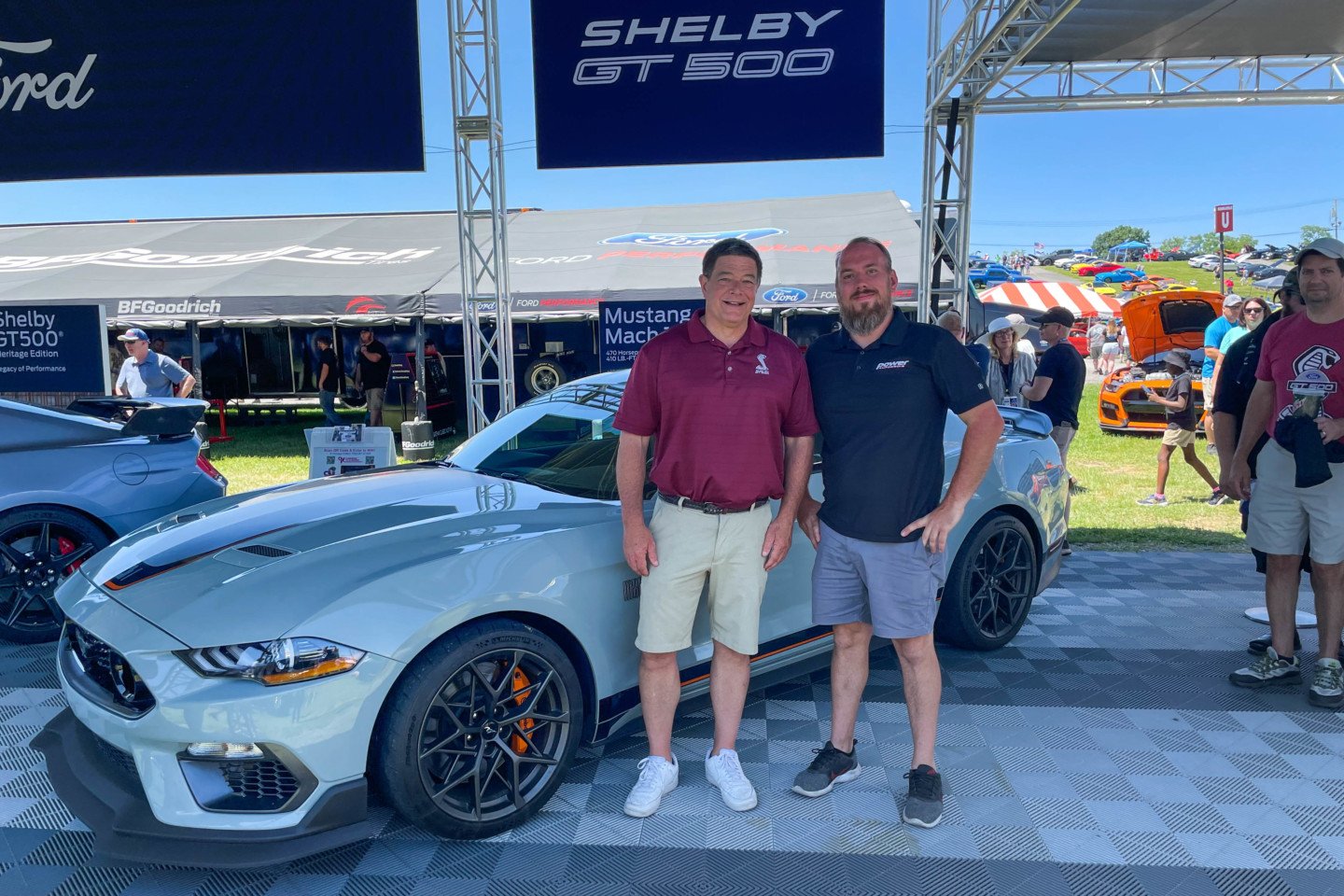
On the left, Shelby and Mustang Brand Manager Jim Owens. On the right, your faithful interviewer and scribe.
Ford Muscle (FM): What is your official title and what key projects have you been a part of?
Jim Owens (JO): I am the Shelby and Mustang Brand Manager for Ford Motor Company. I have been around the performance and Mustang spectrum since 2000. I started at Ford Racing and went into running the Ford Racing program through the SVT owners association. At that point we were working on the Terminator and Mach 1, before I transitioned into product marketing for the Gen 5 Mustang and consumer marketing on the 2006-07 models.
FM: You also worked for Carroll Shelby at one point, correct?
JO: Correct. I left Ford and went to Shelby American from 2007-11. After that, I went back to Ford and helped launch the 2012-13 BOSS 302, 2013-14 GT500, the 50-year celebration for Mustang, and helped launch the GT350. I also participated in the Ford GT program before returning to the GT500 platform for the 2020 model.
FM: You have had a major impact on the Mustang platform in the North American market. Have you also had a role in making the Mustang into a global car?
JO: I was a part of it. While the Mustang didn’t go global until Gen 6, we did already have Mustang clubs on six of the seven continents. At one point we even joked about air dropping one into Antarctica to complete them all.
We had in the past, exported to international market groups, but that did not include Europe or Australia. So, 2015 was the first year that we built both left- and right-hand drive vehicles as part of the program. This helped make us the best-selling sports car for seven years straight.
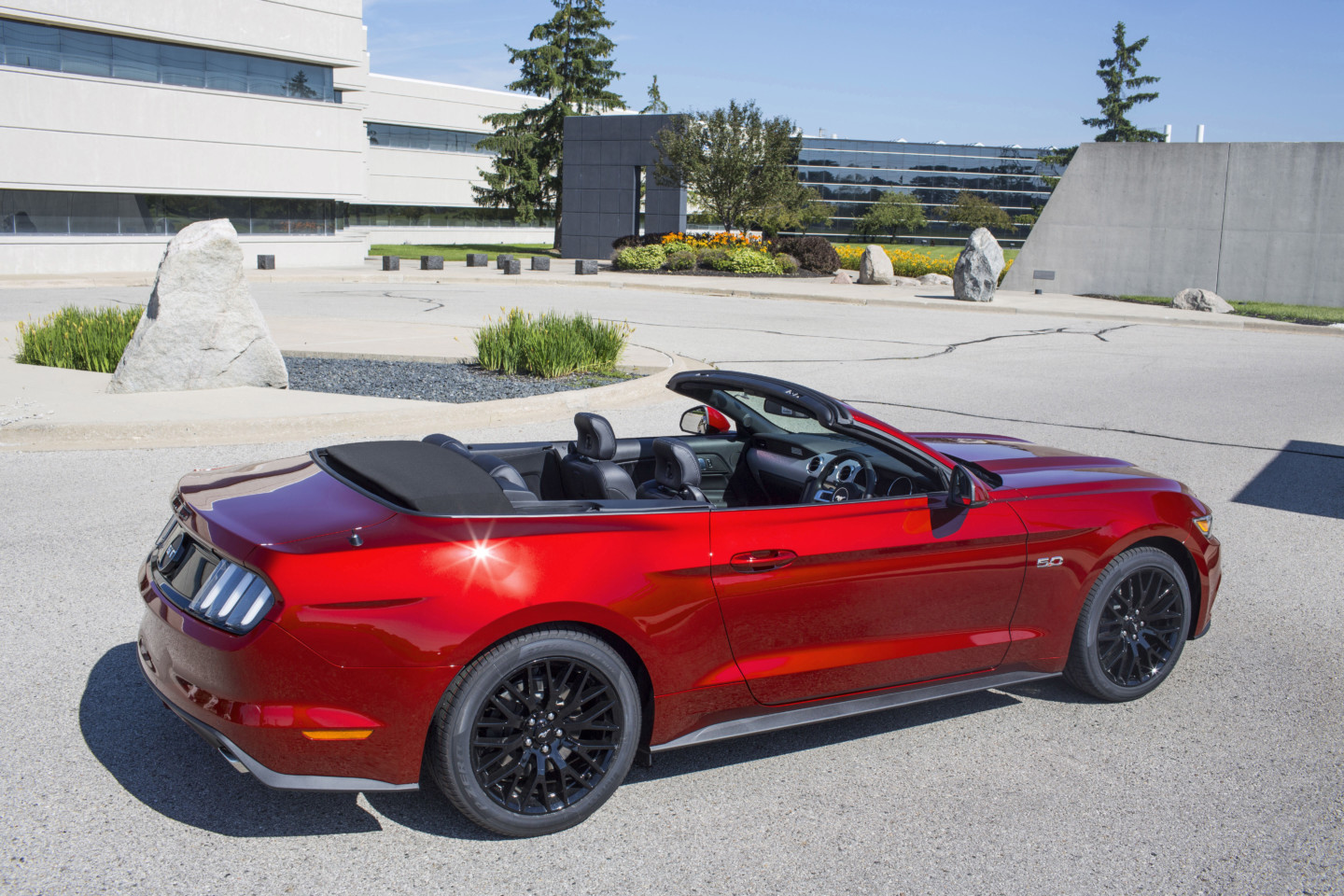
A right-hand-drive Mustang being shipped overseas as part of Ford Motor Company’s initiative to build a global car.
What’s really interesting is that we are beating the local competition, like German branded sports cars, in Germany. The Bullitt went over extremely well overseas. We sold more Bullitt editions in Germany and Australia than the USA.
It’s nice that we’re delivering the cars to people who understand it’s not just a muscle car. Gen 5 was a muscle car; Gen 6 though, is a true world-class sports car, as well as having the heritage of a muscle car.
So, yes I was a part of it, but we couldn’t be prouder to export to Mustang fans across the globe who already had a club and were fans.
FM: After producing some of the more notable Mustangs of the 21st Century and expanding the Mustang program to a global scale, what’s next?
JO: We’re always looking to improve and progress forward. Our engineers are continously looking for feedback from customers to see what they need to have done at an engineering level going forward. Carl Widmann actually flies to shows to receive customer feedback, and some engineers drive to them to get data on the way.
We’re always seeking out those things that really improve the performance of the vehicle, not just the Mustang. The Raptor, even the Explorer ST, we learn from these events and we continue to want to deliver that performance to see what we can do for our customers.
FM: How does Ford Motor Company continue to engage these customers and seek out input?
JO: What Ford does to engage customers is to work with the experiential aspect of driving. More recently we started doing this through the Bronco Off-Roadeo, however, it all started with Jim Farley and I with the BOSS 302. It was actually Farley’s idea at the time, but we spoke about giving people a chance to experience the car before buying. Farley was essentially the godfather of the Track Attack program.
We do these types of experience-based events because it’s not advertising, but rather, we are investing in the experience of customers that will improve loyalty over time. As far as I know, I’m going to continue to be able to do this in the future.
FM: For those unfamiliar with these driving experiences, can you tell us about them?
JO: There are three sections of the Ford Performance racing school. The Raptor Assault program is in Utah. Edge ST and Explorer ST owners can either enjoy the Octane Academy in Park City, Utah, or Charlotte, North Carolina. The one in Charlotte is at the Vanderbilt mansion and you can plan a vacation around it.
The second portion is the road course driving at Charlotte, North Carolina. In Charlotte, we do the GT500 Track Attack and Mach 1 Track Attack. They also have the Ford Performance racing school retail program that is an S550 with a Ford Performance Package, and is equipped with a roll bar and other safety equipment.
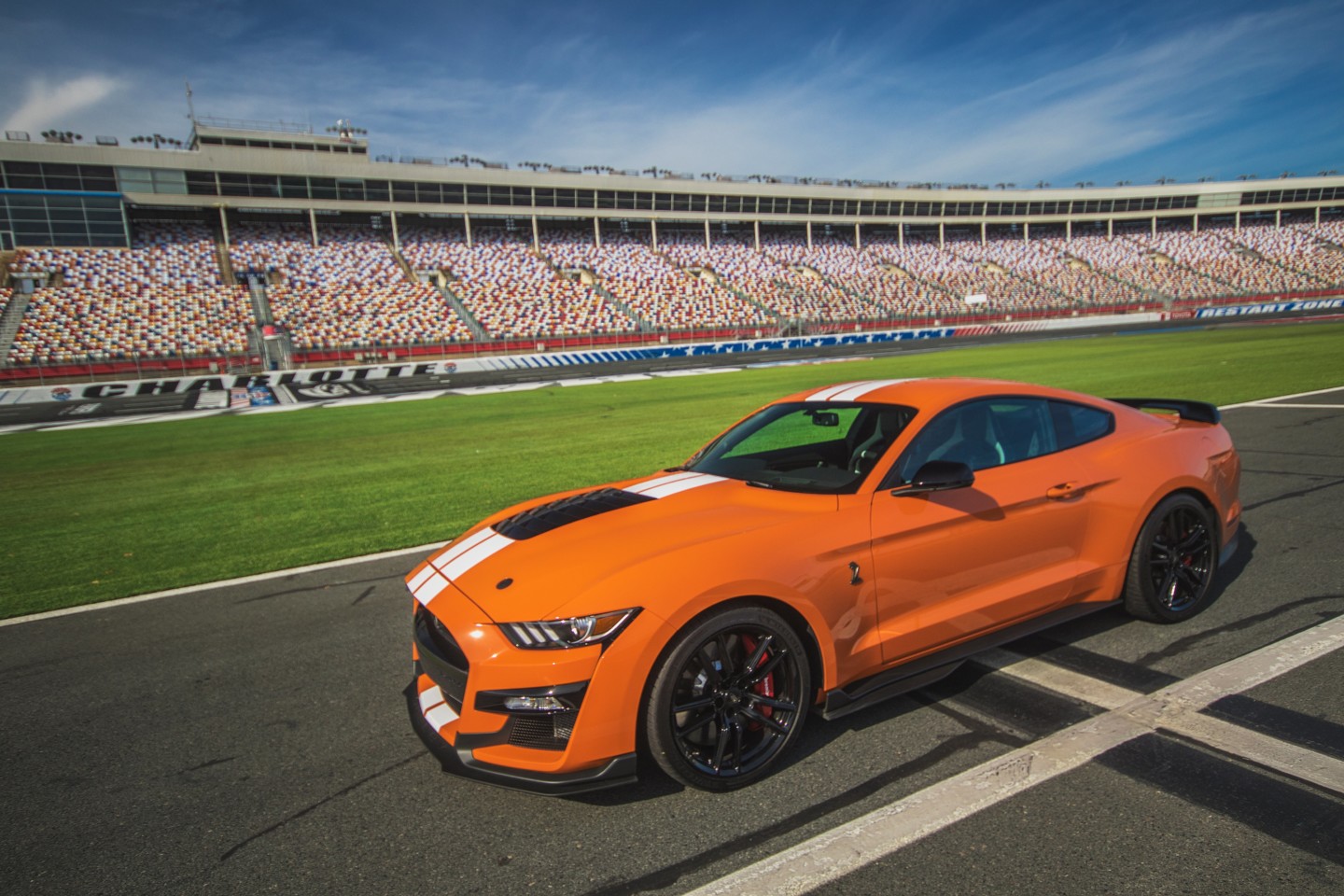
Ford offers GT500 Track Attack Driving Experience to 2020 and newer Shelby GT500 owners. It shows owners how to make best use of the car’s impressive attributes while teaching advanced road course and drag strip driving techniques in a classroom and on track.
FM: Ford seems to be leaning pretty heavily on track participation. I know Farley is a racer –are their other leaders at Ford who participate?
JO: Absolutely. Farley has been seen on track with GT40’s. Executive Chairman, Bill Ford, got his racing license from the Utah racing school. Global Brand Merchandising Director, Alexandra Ford English and Chief Customer Experience Officer Elena Anne Ford-Niarchos both have Mustangs. Ford Performance Marketing Manager, Henry Ford, also participates in these events.
Our goal is to change hearts and minds one lap at a time. If you get behind the wheel of one of our Mustangs at Atlanta, Hallet, or VIR, it changes your perception of the capabilities of Ford Motor Company. Every chance we get, we do these track events where we bring in Ford Racing performance racing school instructors and get these people behind the wheel to learn and understand the engineering and progress of the men and women of Ford Motor Company.
FM: Last question: what do you drive?
JO: I have a 2007 Shelby GT500 KR. These were only made in 2008-09, but mine was originally a test car and fitted with the 2007 headlights . We actually did a media event at Miller Motorsports Park where we had a production line of GT500’s, and mine was in it. In magazines everywhere, if you look at the headlamps, they are all 2008-09, then mine rolls across with 2007 headlights. The car is no longer my daily, but it does have 50,000 miles on it. So, I definitely drive it.

